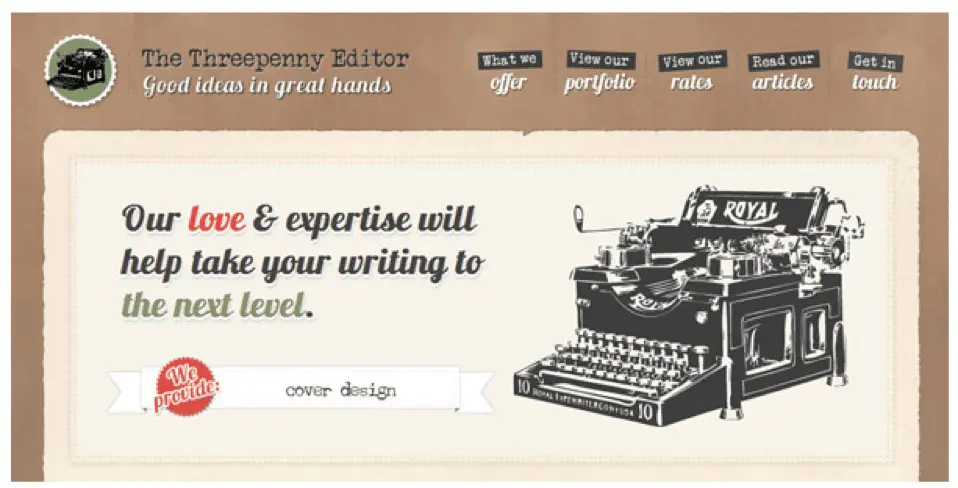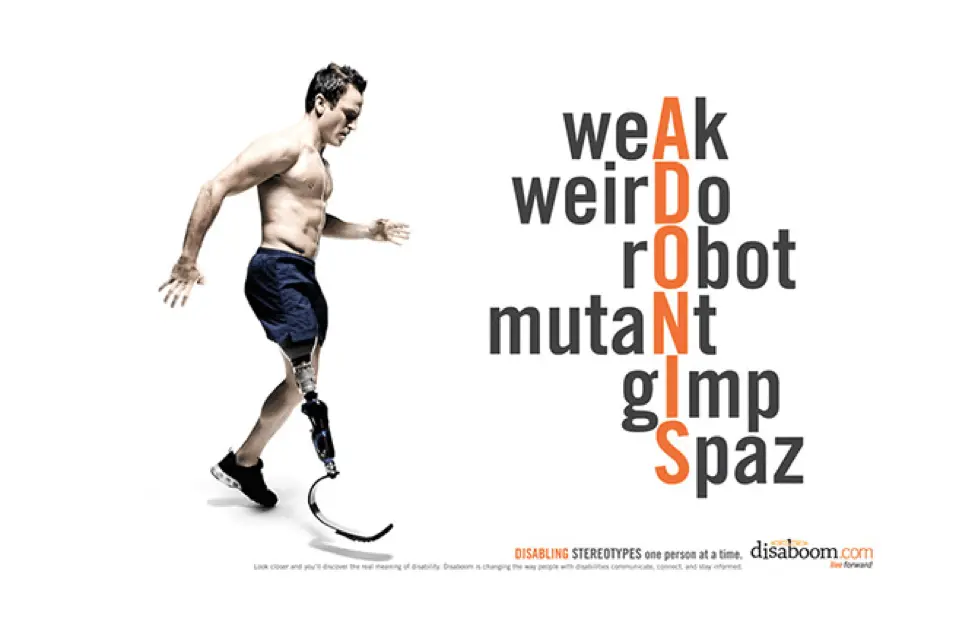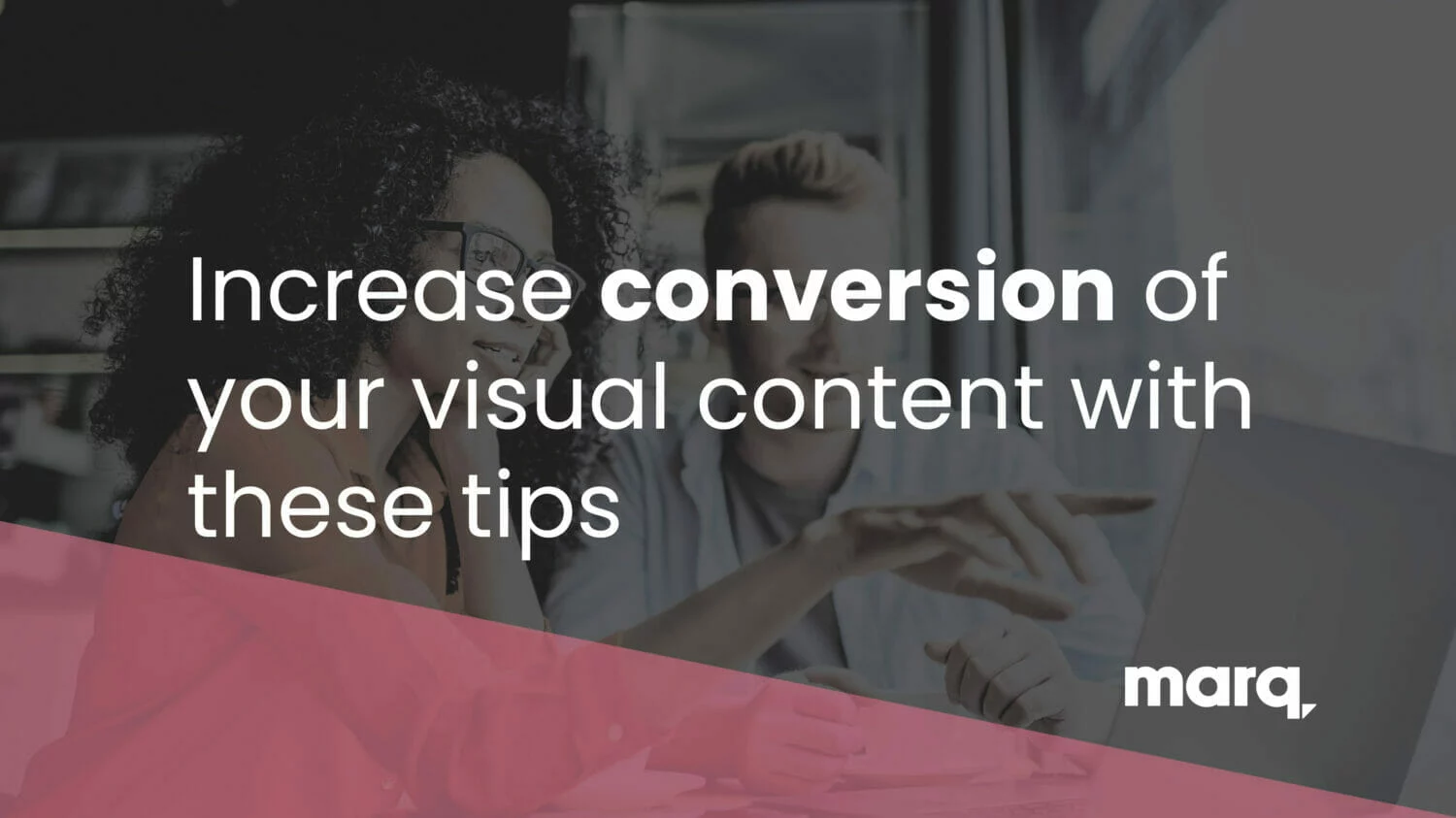Our perception, to a large extent, is governed by vision. We’re attracted to visuals that make us feel good. It’s why retail stores promote special offers with balloons and other decorations, because they know shoppers will get curious enough to come over. The same principle applies to web design and digital marketing.
Related: 32 stats & facts that prove infographics aren’t dead
To illustrate just how effective visuals are in attracting visitors, consider these statistics:
- In 2016, over 60% of B2B marketers and small businesses planned to increase investments in video marketing strategies. (CMI)
- On average, tweets with images receive 150% more retweets than tweets without. (HubSpot)
- On average, Facebook posts with images receive 2.3x more engagement than posts without. (BuzzSumo)
Point is, visual design leaves an impression on visitors. You must learn how to use them wisely. In this post, let’s discuss how visual content like infographics and video can encourage your visitors to convert.
1. Create impact with the right typography
Unlike someone reading a book, visitors on a website don’t consume content from left to right then go down to the next line. In fact, virtually nothing happens in progression. Visitors will either go straight to what they need, or they’ll stop in their tracks if something more interesting catches their eye—like a 30% discount on another brand of detergent, for example.
Today’s designers are using typography to catch and keep visitors’ attention. The size, shape and placement of different fonts will enhance your message, and you can direct the focus where you want it most.
Consider the bold typography on this webpage. The cursive font complements the typewriter font, giving the site a vintage, personal feel. The use of color to emphasize certain words attracts the eye and sets a positive tone.

Source: Intechnic
2. Present data visually with infographics
Would you rather read through a bulky PDF filled with stats and long-winded sentences, or a colorful infographic which uses simple icons and text to display information? The choice is pretty obvious. Including a well-designed infographic in your blog post or webpage will persuade people to pause and see what you have to say.
But does it increase conversion? Here’s some compelling evidence:
- Images increase memory retention. People who hear information will only remember 10% of it three days later. But, if the information is paired with an image, they’re likely to remember 65% of it in the same timeframe. People will have an easier time reading and remembering an infographic detailing the health benefits of bananas than they would three paragraphs of text. And the more time visitors spend with your content, the more likely they are to convert.
* More shares lead to more exposure. According to NN Group, infographics are shared and liked on social media 3x more than any other type of content. Since people are more likely to share a post with an infographic, it helps you reach more people on social media faster.
3. Demonstrate your products with video
Studies show that 73% of consumers are likely to buy a product after they see a video explaining it. The medium has become many shoppers’ favorite way to find information.
Unfortunately, internet users have short attention spans and will only stick around to watch your video if the first few seconds get them hooked. With this in mind, here’s how you can make videos work for you.
- Focus on the product. Videos make it possible for brands to showcase their products in ways that might actually entice people to buy. Instructional videos provide an opportunity to familiarize an audience with your wares. For example, the furniture brand IKEA has its own YouTube channel where different how-to videos show viewers how to assemble the brand’s products.
* Focus on quality. Now that video is so popular and widespread, you have to compete on a professional level. Tailor your video for the platform it’s on. For example, Facebook visitors are more likely to stop and watch an auto-play video if it includes subtitles. If your video looks amateur or shaky, viewers will notice—and assume your brand is unprofessional.
4. Convey emotion with creative visual design
There’s a reason why people in life insurance ads are smiling. It’s to reassure us that, despite the somber nature of insurance, these folks are happy and secure with their purchase decision—and you will be, too.
Point is, humans are empathic creatures. We base our emotions on what we perceive around us. We find ourselves smiling involuntarily when we hear someone else laughing, or feeling sad when we see someone else looking miserable.
Brands can use this tendency to their advantage. All it takes is a little creativity. Consider the image on this landing page. Combined with the clever use of typography, it sends a powerful message to anyone who sees it.

Source: Scott Michael Davis
Key takeaway
To recap, even visual elements that seem simple—like the font you use—can impact conversion. Visuals that present information in appealing way, like infographics, help to retain visitors and persuade them to convert. If you’re making videos, aim for high quality polish and keep the focus on your products. Finally, visuals stir emotion. Use this to your advantage by getting creative with your visual design.



